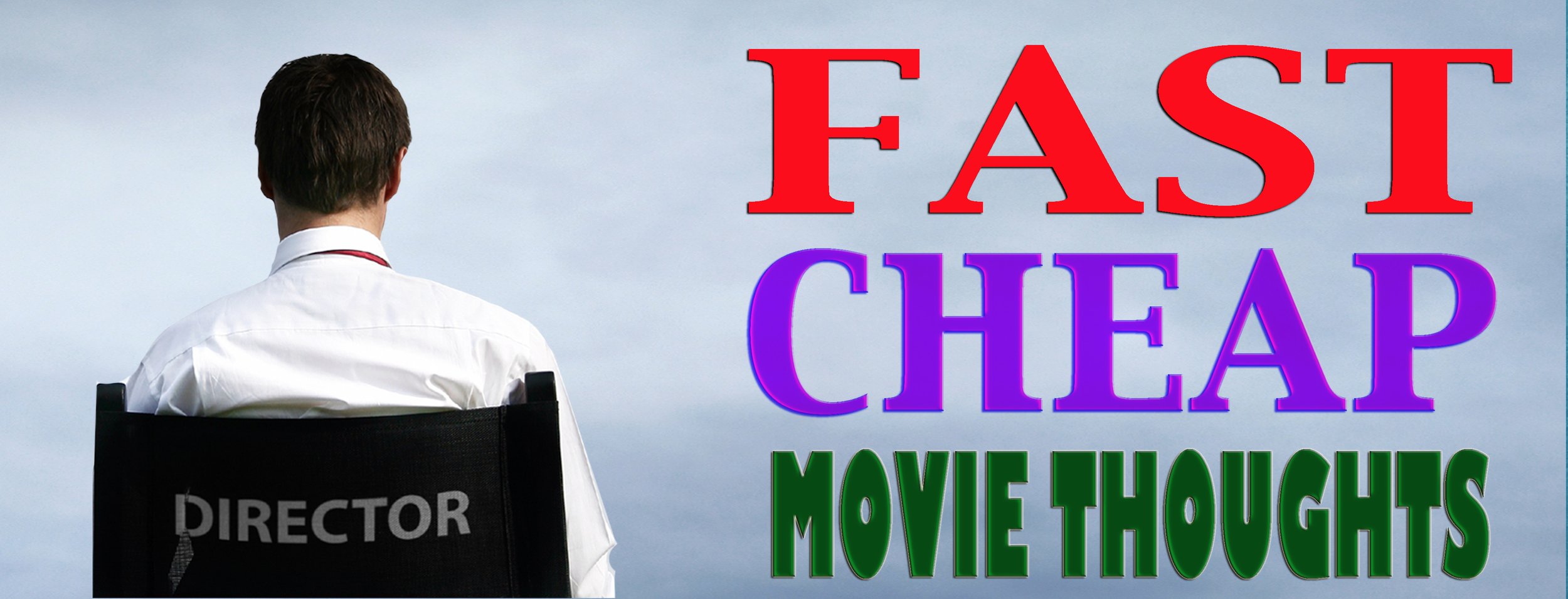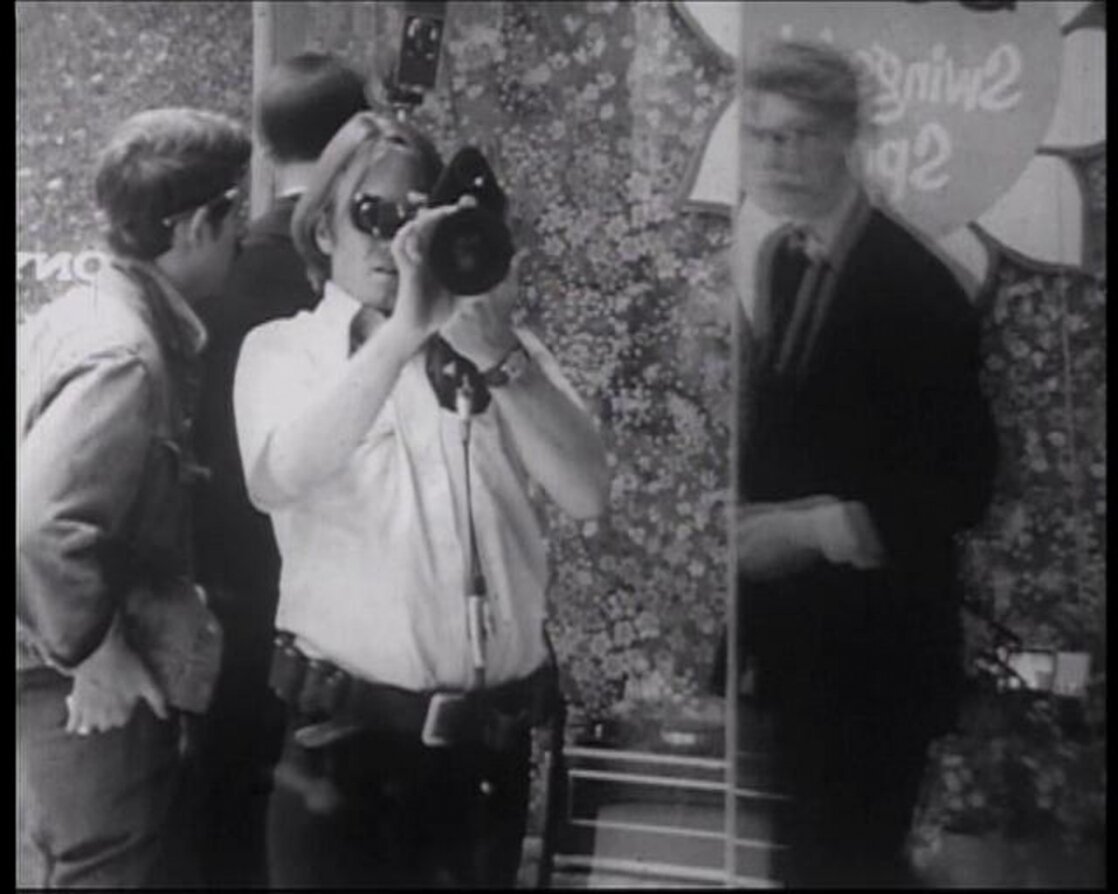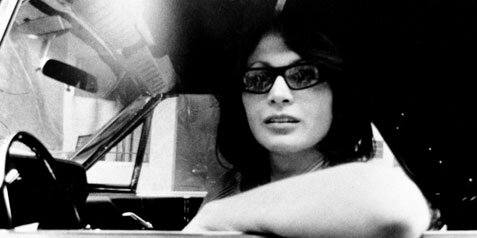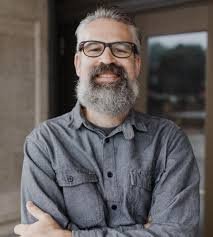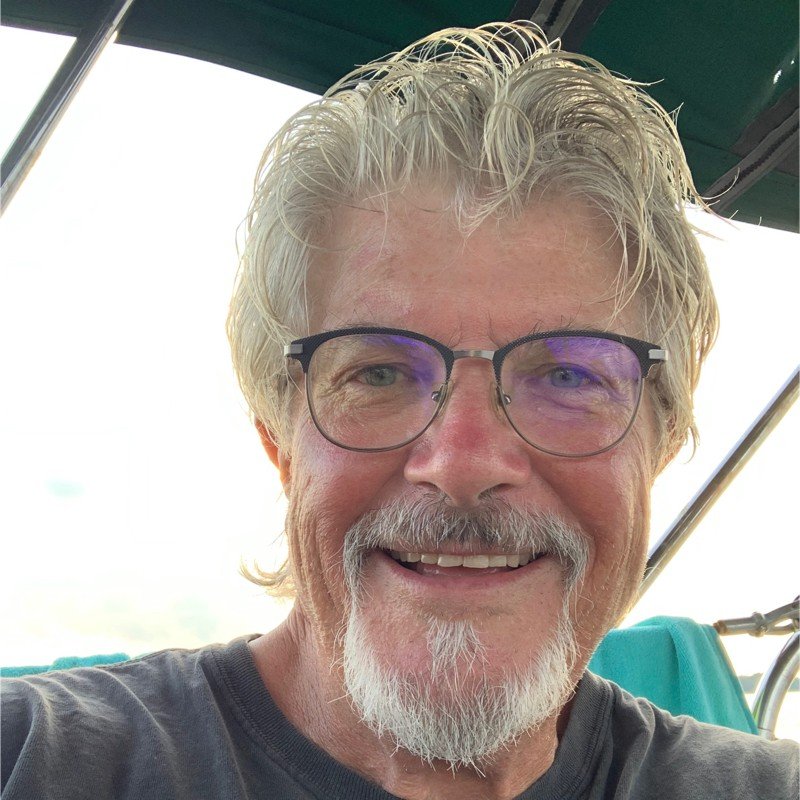What was your filmmaking background before making "What Children Do"?
DEAN: I went to film school at Columbia College in Chicago and barely graduated. After school I spent months spinning my wheels and bagging groceries at Whole Foods before realizing that a big check wasn't going to fall from the sky to shoot a movie and fueled by absolute desperation, decided to lift myself up by my bootstraps and make a feature film by any means necessary. Which ended up meaning moving back in with my Mom in Minnesota, working part time at a liquor store, and doing a Kickstarter to raise the very meager budget for my first feature Incredibly Small.
We shot the film in 14 days, premiered it at Raindance in London and went on to play it at a bunch of festivals and put it online where it got some attention and a Vimeo Staff Pick. In the intervening years I made a bunch of shorts, moved to New York, and shot my second feature film What Children Do in April of last year.
Where did the idea come from and what was the process for writing the script and getting the script ready to shoot?
DEAN: The idea was loosely inspired by the death of my grandfather in 2014. His funeral was the first time my entire family had been back in the same place in many years, and I was fascinated by seeing how all of the conflicts, rumors, and tensions that had laid dormant for so long were reignited the instant we were all back together.
I also wanted to explore the relationship between sisters which I had never seen done in a really satisfactory way in movies before. I have two sisters, and even though the characters in my film aren't based on them, I find that basic dynamic utterly fascinating.
I wish that I could say that I had an elegant and thoughtful process for writing, but I would be lying. I was working awful 9 to 5 time jobs while I wrote the script so my process was to force myself to come home from work and write for 1-2 hours as often as I could muster.
The first few drafts were utterly appalling, but with each successive draft it got better and better (I hope???) as I tried to hone in on the voices of the sisters as well as work out the kinks with the plot. My sense of humor is really random and often non-sensical, so many passes on the script were just trying to solve problems like "which scene can I work this Applebee's joke into?"
What was your casting process and did you change the script to match your final cast?
DEAN: The two sisters were difficult to cast because they're such dynamic roles. I needed to find actors that were able to pull of really big jokes but were also capable of incredible emotional honesty, often within the same scene.
I saw Nicole Rodenburg in Annie Baker's play "The Flick" and was floored by her performance. I looked her up online the next day, and I'm still not sure why, but chose to DM her on Twitter. Within a minute of our first meeting, she mentioned that she had a frozen Cornish game hen in her purse AND applied drops of oregano oil on my tongue after finding out I had a cold, and I decided to cast her on the spot.
I had originally seen Grace Rex in her short film This Is She and was taken by her look and the way she commanded your attention on screen, without even saying anything. I also found a bunch of comedic short films she had done online and after meeting with her knew immediately that her voice and instinct as an actor were exactly what I wanted. She was so talented, and her filmography is so intimidatingly impressive, I never thought in a million years she'd want to do the movie, but I was able to somehow trick her into signing on.
I'm always completely open to script suggestions from actors, and we made a few changes here and there to personalize the characters, but I would say the script remained about 95% the same. A lot of the details about the characters like their wardrobe or choices they make inside of scenes were from the actors though. I cherish these kinds of contributions and try to continually encourage people I work with to bring these ideas to the table. =
What type of camera did you use and what did you love (and hate) about it?
DEAN: We shot on the Canon C300. I love the image quality and versatility of it. You can have a really small rig and easily sneak into places and steal shots which we did a lot of. It's also really good in low light so you can shoot out in the real world with a small crew and move from scene to scene quickly, which is fantastic because I hate standing around on set.
Did the movie change much in the editing, and if so, why did you make the changes?
DEAN: The movie changed a lot in really subtle ways. I cut lines that would change the tone of the scene, extend pauses to increase tension within a moment, and I actually end up cutting 8 minutes off the very end of the movie which totally re-contextualized how the story ends.
My editing process is wholly instinctual and I'm never able to intellectualize why I do anything. Something just does or does not feel right and luckily I edit my own films because I doubt I would be able to intelligibly convey any information to an editor.
Can you talk about your distribution plan for recouping costs?
DEAN: With my past two features and all my shorts I purposely worked using really small budgets which offers me the freedom to be adventurous in distribution as well as not being excessively beholden to financiers. I gave my first film away online for free and am interested in pursuing similarly unusual modes of distribution with this film. That said, we haven't even started playing festivals yet so it will be hard to say what it's life will end up looking like.
What was the smartest thing you did during production? The dumbest?
DEAN: The smartest thing that we did was to have everybody stay in the house that we shot in. The cast and crew were always 15 seconds from set, so nobody was ever late to call time, it also freed you up in the event you finished early and wanted to shoot something that wasn't on the schedule because everyone was just in the next room. It also created a really fun, communal, family-like atmosphere on the shoot. Every day after we wrapped, we would eat dinner together, have some drinks, and listen to music.
The dumbest thing I did was try to cast a micro-budget feature during pilot season. You're literally at the bottom of every agent's priority list.
And, finally, what did you learn from making this feature that you will take to other projects?
DEAN: Shoot your goddamn movie. Don't wait around for years and years trying to raise a budget that may never come in. Set a date, tell lots of people what you're doing so you'll be thoroughly humiliated if you back out, and then press forward every single day, ignoring anyone who is doing anything other than enabling you to get your movie made.
I learned that if you can shoot movies for very little money nobody can stop you.
Dying to make a feature? Learn from the pros!
"We never put out an actual textbook for the Corman School of Filmmaking, but if we did, it would be Fast, Cheap and Under Control."
Roger Corman, Producer
★★★★★
It’s like taking a Master Class in moviemaking…all in one book!
Jonathan Demme: The value of cameos
John Sayles: Writing to your resources
Peter Bogdanovich: Long, continuous takes
John Cassavetes: Re-Shoots
Steven Soderbergh: Rehearsals
George Romero: Casting
Kevin Smith: Skipping film school
Jon Favreau: Creating an emotional connection
Richard Linklater: Poverty breeds creativity
David Lynch: Kill your darlings
Ron Howard: Pre-production planning
John Carpenter: Going low-tech
Robert Rodriguez: Sound thinking
And more!
Write Your Screenplay with the Help of Top Screenwriters!
It’s like taking a Master Class in screenwriting … all in one book!
Discover the pitfalls of writing to fit a budget from screenwriters who have successfully navigated these waters already. Learn from their mistakes and improve your script with their expert advice.
"I wish I'd read this book before I made Re-Animator."
Stuart Gordon, Director, Re-Animator, Castle Freak, From Beyond
John Gaspard has directed half a dozen low-budget features, as well as written for TV, movies, novels and the stage.
The book covers (among other topics):
Academy-Award Winner Dan Futterman (“Capote”) on writing real stories
Tom DiCillio (“Living In Oblivion”) on turning a short into a feature
Kasi Lemmons (“Eve’s Bayou”) on writing for a different time period
George Romero (“Martin”) on writing horror on a budget
Rebecca Miller (“Personal Velocity”) on adapting short stories
Stuart Gordon (“Re-Animator”) on adaptations
Academy-Award Nominee Whit Stillman (“Metropolitan”) on cheap ways to make it look expensive
Miranda July (“Me and You and Everyone We Know”) on making your writing spontaneous
Alex Cox (“Repo Man”) on scaling the script to meet a budget
Joan Micklin Silver (“Hester Street”) on writing history on a budget
Bob Clark (“Children Shouldn’t Play with Dead Things”) on mixing humor and horror
Amy Holden Jones (“Love Letters”) on writing romance on a budget
Henry Jaglom (“Venice/Venice”) on mixing improvisation with scripting
L.M. Kit Carson (“Paris, Texas”) on re-writing while shooting
Academy-Award Winner Kenneth Lonergan (“You Can Count on Me”) on script editing
Roger Nygard (“Suckers”) on mixing genres
This is the book for anyone who’s serious about writing a screenplay that can get produced!

